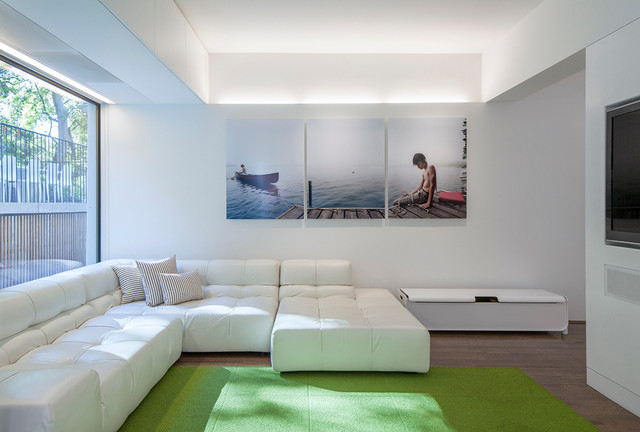
Types Of Cement
Cement is an essential construction material that forms the backbone of any infrastructure project.
It is a binding agent used to bind various building materials, such as sand, gravel, and bricks, to make concrete.
Choosing the right type of cement is crucial for any construction project's strength, durability, and aesthetics. But do you know how the different cement classes are commonly used in Kenya? They include;
Types of Cement
1. Ordinary Portland Cement (OPC): OPC is the most commonly used cement in construction. It's made from limestone and clay and is used for general construction, including buildings, bridges, and roads.
2. Portland Pozzolana Cement (PPC): PPC is a type of cement that contains pozzolanic materials like fly ash or volcanic ash, which gives it higher strength and durability. It's used for construction in areas with harsh weather conditions, such as coastal regions.
3. Rapid Hardening Cement: As the name suggests, this cement hardens quickly and is used for projects requiring a fast setting, such as precast concrete products or in repair works.
4. Quick Setting Cement: Quick setting cement is similar to rapid hardening cement but sets even faster within a few minutes of mixing with water. It's commonly used in emergency repairs.
5. Low-Heat Cement: Low-heat cement produces less heat during hydration than ordinary Portland cement. It's used in massive concrete structures to prevent cracking due to heat.
6. Sulfate Resisting Cement: This type of cement is used in construction projects in areas with high sulfate content in soil and groundwater, which can cause damage to concrete structures.
7. Blast Furnace Slag Cement: BFS cement is made by mixing slag with OPC, a by-product of iron and steel production. It's used in massive concrete structures for better strength and durability.
8. High Alumina Cement: High alumina cement is made from limestone and bauxite and is used for specialized construction projects, such as refractory and marine constructions.
9. White Cement: White cement is made from raw materials with low iron content and is used for architectural purposes, such as in decorative concrete works and the production of white or light-colored concrete products.
10. Colored Cement: Colored cement is produced by adding pigments to OPC, PPC, or white cement for decorative concrete works.
11. Air Entraining Cement: This cement type contains air-entraining agents that produce tiny air bubbles in the concrete mixture. It's used in areas with harsh weather conditions to increase concrete structures' durability and freeze-thaw resistance.
12. Expansive Cement: Expansive cement produces an expansive reaction when it comes in contact with water and is used in construction projects where a tight seal is required, such as in grouting works.
13. Hydrographic Cement: Hydrographic cement is specially designed for underwater construction, such as dams, bridges, and tunnels. It can set and harden underwater





